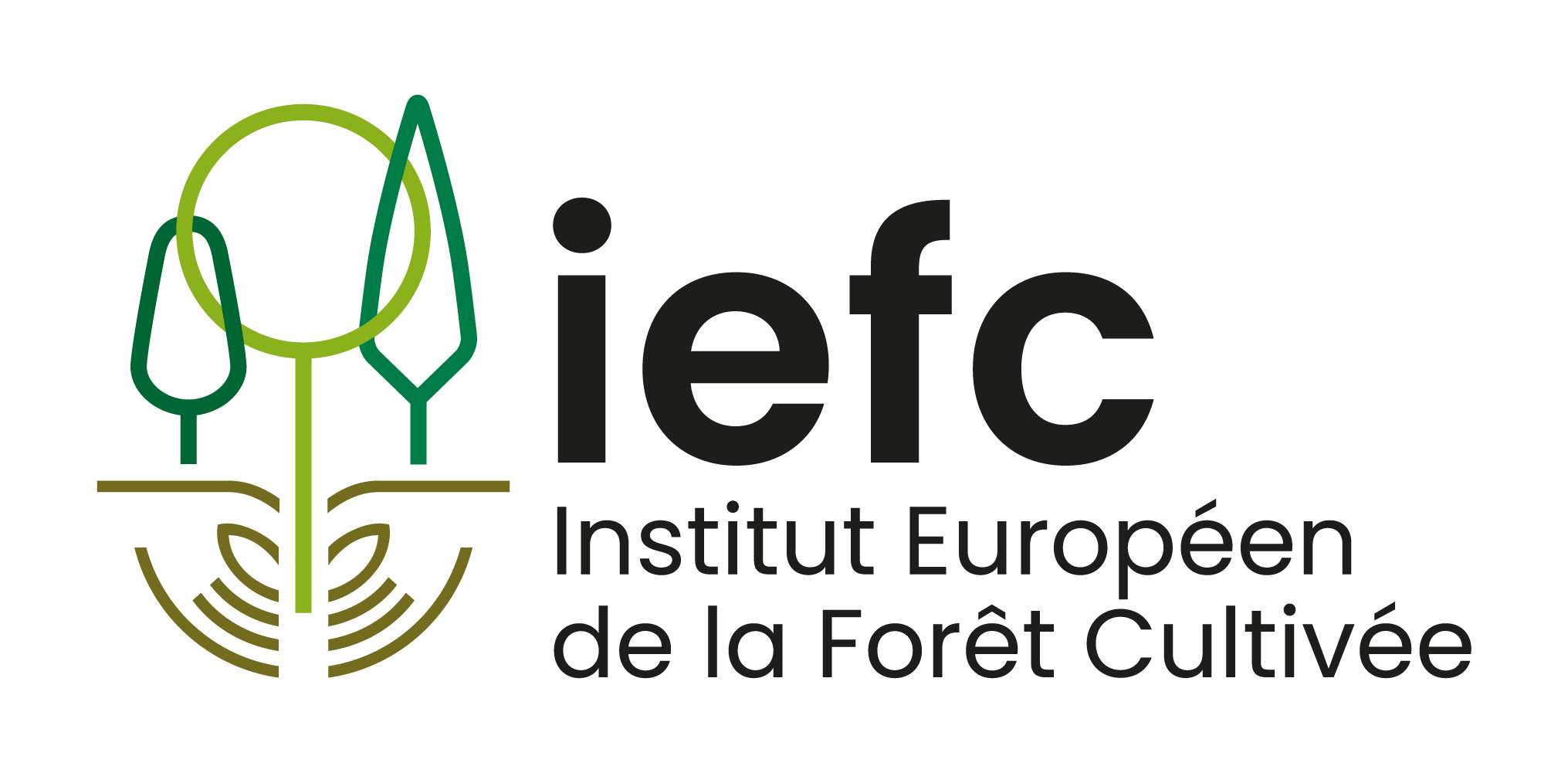Silver Fir Bark Beetle
Pityokteines curvidens (Germar) (Coleoptera, Scolytidae)
Árbol hospedante
- Pityokteines curvidens lives almost exclusively on fir (Abies), only very rarely observed on Norway spruce.
Identificación
- The body is cylindrical, shiny, brown, covered with dense hair. Elytrae are with rows of punctures.
- Males of this bark beetle are 2.7-3.2 mm long, and females are 2.0-2.6 long. The elytral declivity is with 3 teeth and 2 granules. The first tooth on the elytral declivity of males is pointed upward; two other teeth are hook-like and bended towards each other.
- Females have small teeth. Hair on pronotum is only slightly longer than on frons. Eggs are small, whitish. The larva is up to 8 mm long.
Daños
- Pityokteines curvidens is a species of great economic importance in fir plantations. Infestations have been reported all over Europe, where fir occurs.
Biología
- One or two generations a year according to altitude and climatic conditions.
- In April adults infest trees of different ages, usually starting from the upper part of the stem.
- In July, the new adults emerge, going into the second generation.
- The larvae of the second generation grow in the second half of the summer and then overwinter.
- At higher altitudes or with less favorable climate, the majority of the population makes only one generation per year.
Factores de riesgo
- Stressed trees are more prone to attacks. Severe defoliations, prolonged drought, unharvested infested trees and excessive tree density are the main risk factors for Pityokteines curvidens infestations.
- Pityokteines curvidens occurs throughout Europe and Anatolia, widespread in the whole range of the common fir distribution. Also introduced in Japan.
Control
Seguimiento
- Specific synthetic pheromones can be used in traps for population monitoring.
Medidas preventivas
- Preventive measurements, required especially in fir plantations, mainly concern the reduction of excessive tree densities and the harvesting of trees infested or susceptible to colonization.
Medidas curativas
- Control requires the immediate harvesting of the attacked trees.
- Trap logs are generally useless because insects tend to infest the upper part of standing trees and hardly infest trunks lying on the ground.
- No measures of biological control of P. curvidens are known. Chemical control by synthetic pyrethroids should be allowed only on timber for commercial trade.
Cambio climatico
- Outbreaks are likely to increase, especially in South Europe because of the increased summer droughts stressing fir and providing more favourable conditions for this secondary bark beetle.
